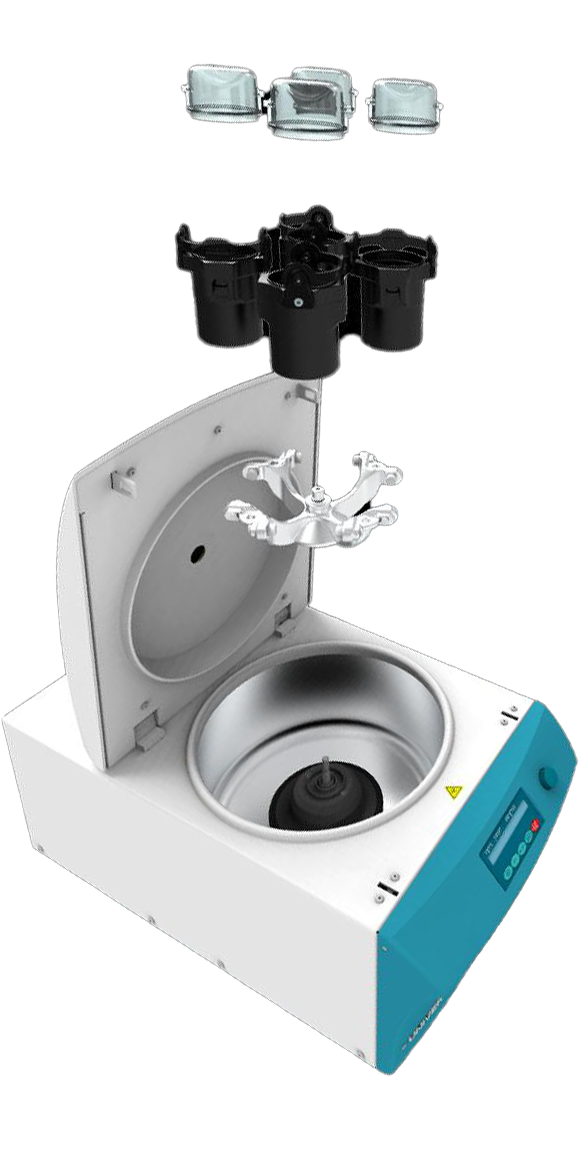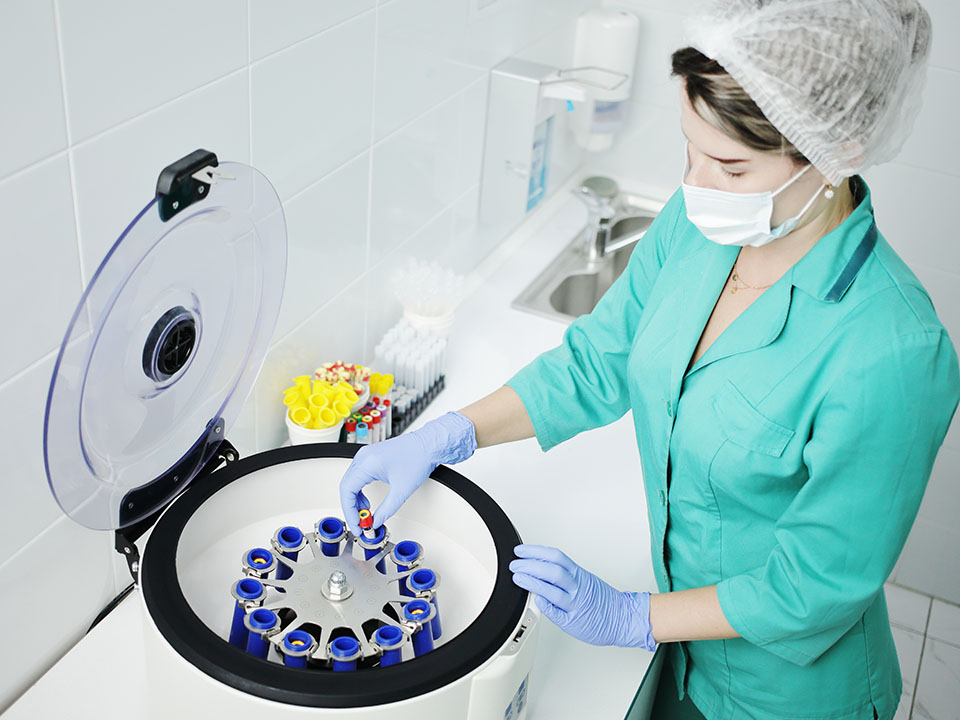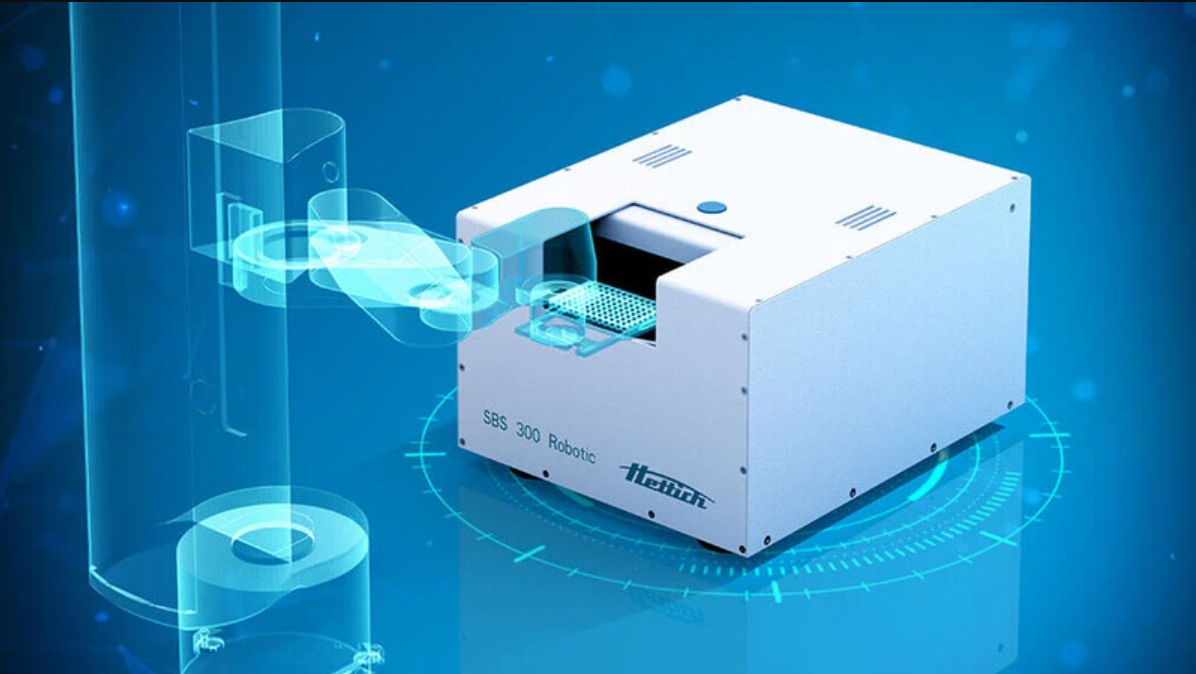Here at Henderson Biomedical, we service and repair all makes of centrifuges. Most centrifuges we come across are well maintained. However, there are occasions when one of our service engineers is presented with an instrument which is not only in very bad condition, but also unsafe to use.
Regularly servicing your centrifuge will prolong the life of your instrument and help to avoid inconvenient breakdowns. You may choose to service your centrifuge just once a year or perhaps even twice depending on how much the equipment is used. Henderson Biomedical offers a range of very comprehensive and flexible Service Maintenance Agreements.
Even if you regularly service your centrifuge, it is still important to make sure all users follow good centrifuge practice. For example, properly balancing your buckets to within 5 grams can avoid unnecessary stress on the motor shaft and cleaning your buckets regularly can help avoid corrosion. There is a good centrifuge practice guide on our website that can give advice on how best to look after your centrifuge.
It is worth noting that centrifuges are very powerful pieces of laboratory equipment. Few people realise that the forces involved in centrifuging a tube at over 4,000rpm are immense. If something goes wrong during a run, like a bucket shears off from its trunnion pin, the result can be disastrous. Of course, all reputable centrifuges should be able to contain such a disruption and avoid any personal injury to the user. However, a disruption like that would certainly write off a centrifuge and leave the department with a costly replacement bill and if there is no back-up instrument is available, vital lab work will be put on hold.
For example, a 2 litre bucket with an adaptor and two quadruple blood bags spinning at around 5,000 x g is equivalent to around 1.5 tonnes during centrifugation. That is around the weight of one-and-a-half family sized cars. Now imagine if that weight sheared off and wanted to go in a horizontal direction!
The good centrifuge practice should be ingrained into the memory of every user. New users should be properly trained before they are allowed to operate the centrifuge. If a user is unsure of how to safely operate the centrifuge or properly maintain their equipment, they should either ask the manufacturer for advice or contact a reputable service company like Henderson Biomedical. Sometimes, training is offered at the point of installation of a new unit, but of course users will have to be reminded of this training on a periodic basis to prevent bad habits creeping in.
Good maintenance of your centrifuge combined with good practice is essential. Remember that centrifuges can cost thousands of pounds for your laboratory. It is important to make sure you get the maximum life out of your investment.









